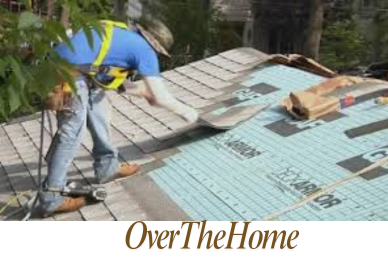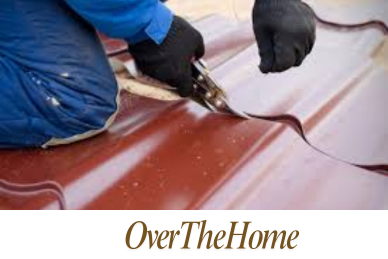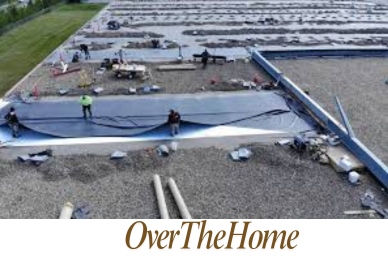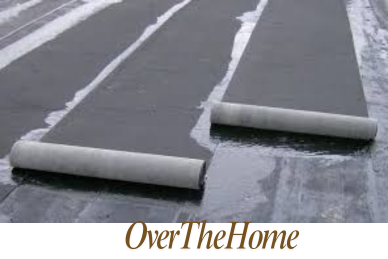Do You Need Gravel on a Flat Roof?
Yes, gravel is often necessary on flat roofs, particularly those with a built-up roofing system. The gravel serves as a protective layer that shields the roof membrane from UV rays, prevents damage from foot traffic, and enhances the overall longevity of the roof. It also helps with drainage and stabilizes the underlying materials. Without gravel, the membrane could deteriorate quickly, resulting in leaks and other issues. However, not all flat roofs need gravel—some modern systems use different methods for protection and insulation.
Why Is Gravel Used on Flat Roofs?
Gravel on flat roofs plays a crucial role in maintaining the durability and functionality of the roofing system. It serves three primary purposes:
- UV Protection: The most significant benefit of gravel is its ability to protect the underlying roofing material (often tar or a similar membrane) from the sun’s harmful UV rays. Without a protective layer, the membrane would dry out, crack, and degrade quickly.
- Stabilization: Gravel adds weight to the roofing system, helping to hold down the roofing materials and prevent them from shifting or blowing away during high winds. This weight also prevents the roof from contracting and expanding too much due to temperature changes, reducing the risk of damage.
- Drainage and Insulation: Gravel also assists in water drainage by ensuring that water flows to the drainage points effectively. Additionally, it offers a minor insulating effect, regulating the temperature inside the building more efficiently.
Types of Flat Roofs That Use Gravel
Gravel is typically used on Built-Up Roofs (BUR) and Modified Bitumen Roofs. Here’s a quick overview of each:
| Roof Type | Gravel Usage | Description |
| Built-Up Roof (BUR) | Heavy gravel layer required | Traditional flat roofing system made of multiple layers of tar, asphalt, and felt. |
| Modified Bitumen | Optional gravel topping layer | Single-ply system with a smooth surface; gravel is sometimes added for extra durability. |
| Single-Ply Membranes | Rarely uses gravel; relies on other methods for protection | Lightweight, flexible roofing systems like EPDM or TPO; other coatings are used for protection. |
For BUR systems, a thick layer of gravel is mandatory. It not only protects the membrane but also helps evenly distribute the weight and maintain the roof’s structural integrity.
How Much Gravel Do You Need?
The amount of gravel used on a flat roof depends on several factors, including the type of roof system and local climate conditions. The general recommendation is 10-15 pounds of gravel per square foot. For instance, a typical 1,000 square foot flat roof would require anywhere between 10,000 to 15,000 pounds of gravel to be properly covered.
Gravel Sizing and Options
Gravel for flat roofs comes in different sizes and materials, but pea gravel and river rock are the most common choices. The recommended size for roofing gravel is between ⅛ inch and ⅜ inch in diameter. Smaller stones may get displaced easily, while larger stones can create uneven weight distribution and potentially damage the roofing system.
Advantages and Disadvantages of Gravel on Flat Roofs
Advantages:
- Enhanced Durability: Gravel extends the lifespan of flat roofs by protecting the underlying membrane.
- Improved Drainage: It prevents water pooling, reducing the risk of leaks.
- Fire Resistance: A thick layer of gravel adds a layer of fire resistance, which is crucial for certain building codes.
Disadvantages:
- Added Weight: Gravel significantly increases the roof’s weight, which may require extra structural support.
- High Maintenance: Wind and storms can displace gravel, making periodic raking and redistributing necessary.
- Cost: Installing a gravel layer can add to the overall cost, especially for larger roofs.
Common Alternatives to Gravel for Flat Roofs
Not all flat roofs use gravel for protection. Modern systems, like TPO (Thermoplastic Polyolefin) and EPDM (Ethylene Propylene Diene Monomer), utilize synthetic rubber or thermoplastic materials that are resistant to UV rays and require no additional protection. These materials are lightweight, easier to install, and require minimal maintenance compared to gravel-topped roofs.
When You Should Consider Gravel
Gravel is best suited for flat roofs with traditional Built-Up Roof systems in areas with moderate to heavy rainfall or extreme temperature fluctuations. It’s also beneficial for commercial buildings where roof access is frequent, as the gravel layer protects against punctures and other forms of damage.
Frequently Asked Questions (FAQs)
Do You Need Gravel on a Flat Roof?
Yes, gravel is typically required on flat roofs that use built-up roofing systems to provide UV protection, drainage, and durability. However, newer roofing technologies may not require gravel.
What Type of Gravel is Best for Flat Roofs?
The most commonly used types are pea gravel and river rock. For roofing purposes, the ideal gravel size ranges between ⅛ inch and ⅜ inch.
How Often Should You Replace Gravel on a Flat Roof?
The gravel on a flat roof should be redistributed and topped up as necessary, usually every 5 to 10 years, depending on local weather conditions and roof usage.
Can You Use Gravel on All Flat Roofs?
No, gravel is primarily used on Built-Up Roofs (BUR). Other systems like EPDM and TPO don’t typically require gravel, as they are designed to be UV-resistant without an additional protective layer.
Is Gravel Necessary for Flat Roof Drainage?
Yes, gravel helps to channel water toward drainage points and prevents water pooling. It is especially crucial on flat roofs where effective drainage is a priority.






